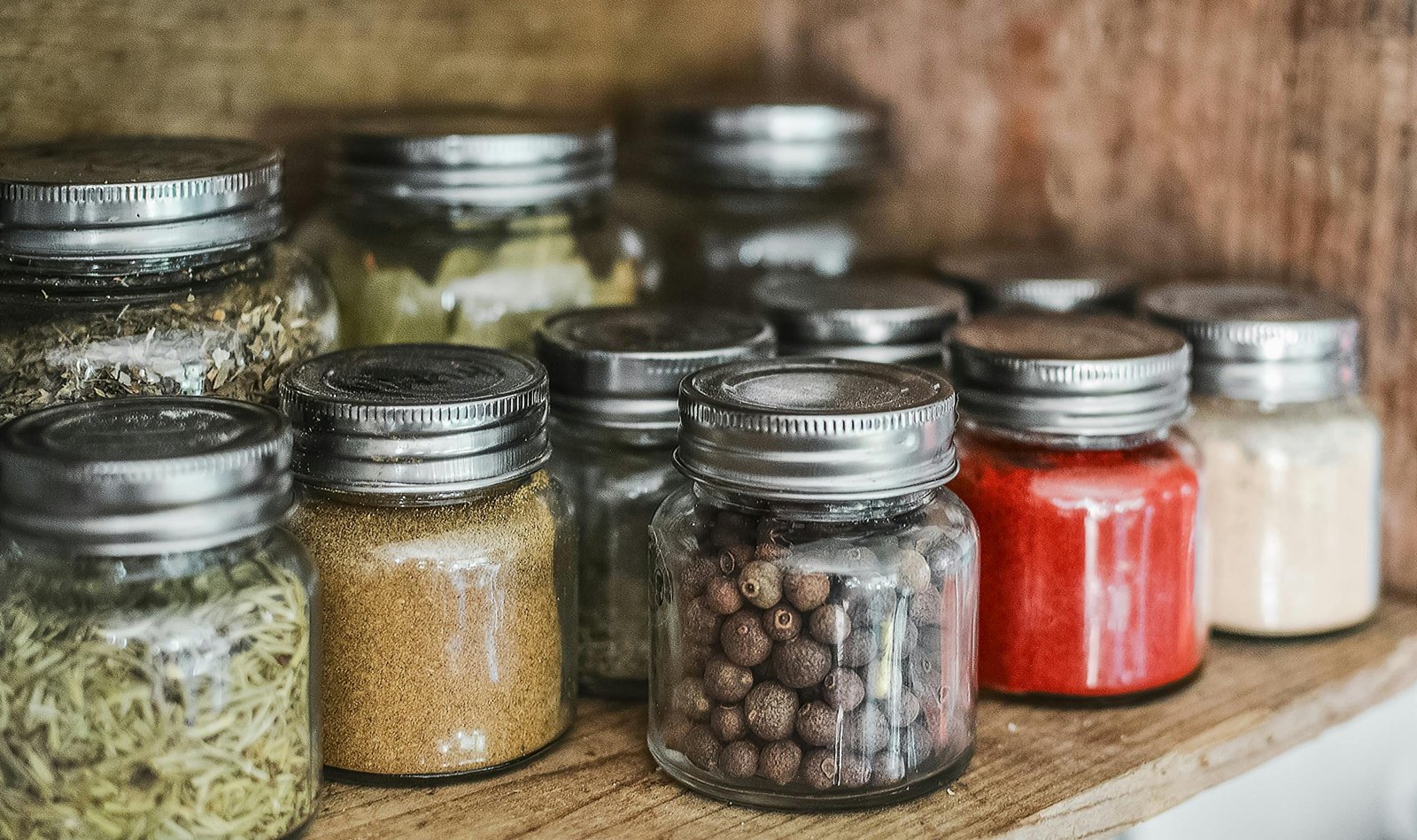If you want to make your food last for years without losing quality or nutrition, choosing the right preservation method is key. Some techniques have been around for generations, like canning and pickling, while others use modern technology, like freeze-drying or vacuum sealing.
This guide explains the most effective ways to preserve food long term, complete with practical steps and safety tips, so you can reduce waste, stretch your budget, and feel secure knowing your pantry is well-stocked. For those who want ready-made solutions, My Patriot Supply also offers long-term food storage kits that simplify the process.
Traditional Methods: Home Canning and Pickling
Canning and pickling remain tried-and-true methods for long-term food storage. They rely on precise temperatures and proper sanitation to keep food safe.
Canning
- Best for: Vegetables, meats, soups, and other low-acid foods
- Key step: Use a pressure canner to reach 240°F to destroy harmful bacteria
- Tips:
- Sanitize jars and lids before use
- Leave minimal air space when filling jars
- Follow timing guidelines specific to each food type
- Let jars cool gradually to ensure seals stay intact
Pickling
- Best for: Cucumbers, onions, peppers, and other produce
- Key step: Boil a 50:50 vinegar-water solution with salt, sugar, and spices before pouring over vegetables
- Tips:
- Always sanitize jars
- Allow the mixture to cool after boiling before sealing
- Store in a cool, dark place for best flavor and longevity
While these methods require time and practice, they’re reliable. Many households pair them with professionally packaged foods, such as My Patriot Supply’s canned or freeze-dried items, to round out their storage with minimal effort.
Alternative Methods: Fermentation, Dehydration, Smoking, and Salting
If you want variety in your food storage, these methods are excellent options.
Fermentation
- Submerge fresh produce (like cabbage or garlic) in a 3% salt solution
- Keep in a sanitized jar at room temperature for about a week
- Monitor daily for taste and texture
- Produces probiotic-rich foods with long shelf lives
Dehydration
- Remove moisture at low heat (e.g., 125°F for garlic or herbs)
- Prevents microbial growth and makes food lightweight and easy to store
- Works well for fruits, vegetables, and meats
- Many pre-packaged dehydrated options, like those from My Patriot Supply, save time while still delivering long shelf life.
Smoking
- Hot smoking (225°F): Cooks and preserves food while adding flavor
- Cold smoking (160°F): Adds smoky flavor without fully cooking
- Both require careful temperature control for safety
Salting
- Draws out moisture, creating an environment where bacteria can’t grow
- Works well for meats, fish, and even egg yolks (which become firm and cheese-like after curing)
- Always measure salt carefully to avoid spoilage
Modern Methods: Freeze-Drying, Vacuum Sealing, and Controlled Storage
Newer preservation methods extend food life while keeping nutrients intact.
Freeze-Drying
- Removes nearly all moisture through freezing and sublimation
- Preserves flavor, texture, and nutrition for 25–30 years
- Great for fruits, vegetables, and full meals
- If you don’t have freeze-drying equipment, My Patriot Supply provides ready-made freeze-dried meals and ingredients that store safely for decades.
Vacuum Sealing
- Removes air to slow oxidation and microbial growth
- Ideal for pairing with freezing or dry goods storage
- Works best with sturdy bags or jars
Controlled Temperature Storage
- Store foods between 50–70°F (10–21°C)
- Keep in a cool, dark, and dry place to prevent nutrient loss
- Consistency matters—fluctuating temperatures shorten shelf life
Keeping Food Nutritious Over Time
Long-term storage isn’t just about keeping food edible—it’s also about preserving nutrients. Here are a few tips:
- Blanch vegetables before freezing or drying to deactivate enzymes
- Use airtight containers like Mylar bags with oxygen absorbers
- Avoid excessive additives that can degrade vitamins
- Limit light exposure to maintain nutritional value
Pre-packaged emergency food supplies, like those from My Patriot Supply, are designed with these principles in mind. They’re sealed to lock in nutrition and flavor, giving you peace of mind that your pantry will stay nutritious for decades.
Final Takeaway
The best way to preserve food long term depends on your goals, space, and budget. Traditional methods like canning and pickling are reliable, while modern techniques like freeze-drying and vacuum sealing offer unmatched longevity.
For busy families or anyone who wants to skip the setup, kits from My Patriot Supply provide a simple way to build a dependable emergency pantry. By combining DIY preservation with professionally prepared options, you can create a well-rounded, nutrient-rich food supply that lasts for years.
FAQs
What are the most effective methods for long-term preservation?
Pressure canning, freeze-drying, vacuum sealing, and dehydration are the top methods for maximizing shelf life.
How long can preserved food last?
Freeze-dried foods: 25–30 years; canned goods: 3–5 years; dehydrated foods: 2–15 years (depending on storage conditions).
What containers work best?
Mylar bags with oxygen absorbers, mason jars, food-grade buckets, and vacuum-sealed bags.
What is the ideal storage temperature?
50–60°F is optimal, but foods keep well between 50–70°F.
Which foods store best long term?
Grains, legumes, dried fruits, nuts, honey, salt, and properly processed meats.

